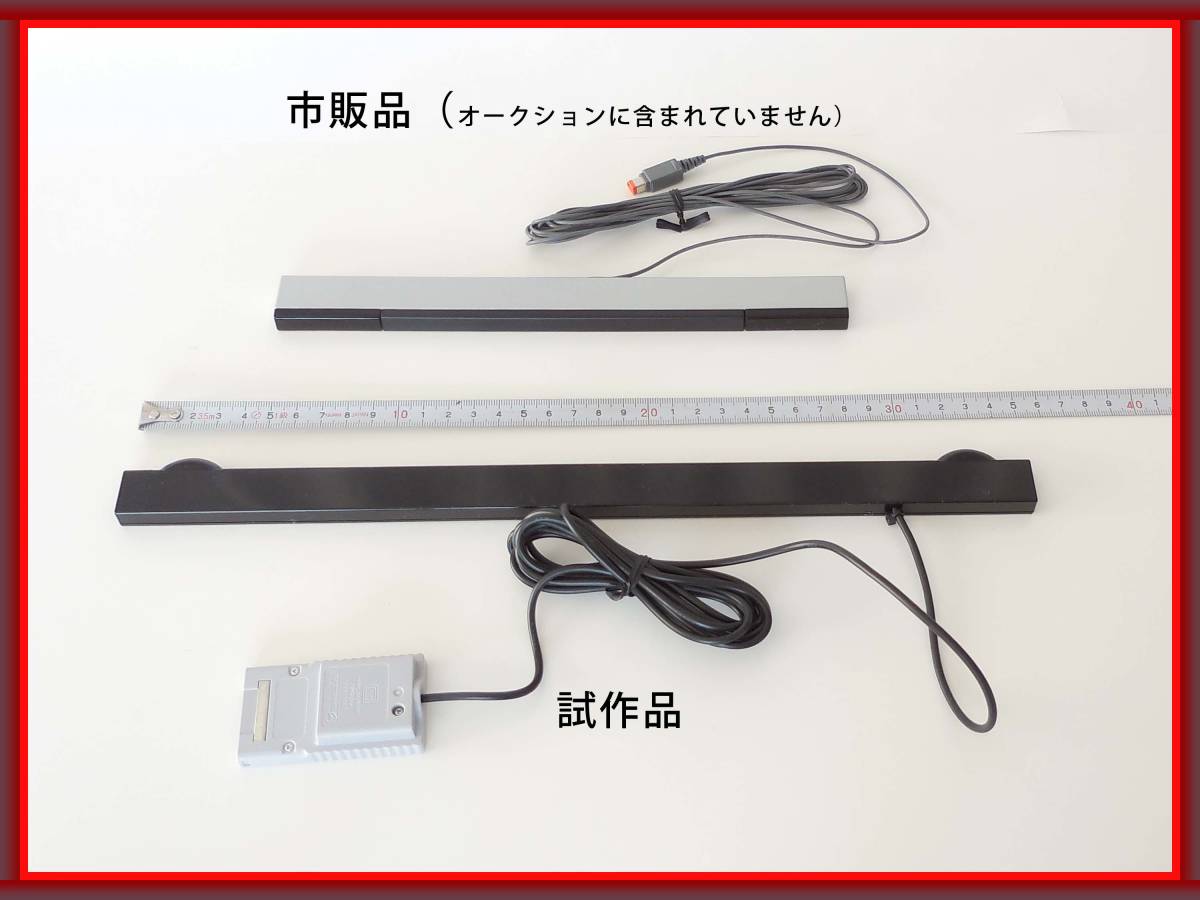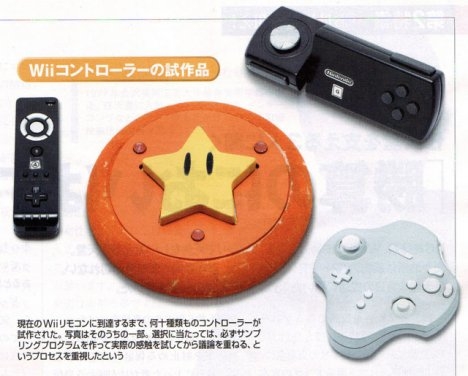At the Japanese auction, a prototype Wii controller appeared, which was developed for the GameCube

This weekend, one of the Japanese auctions received a new hi-tech lot , which surprised even the well-versed gaming electronics market specialists. This is a rare version of the controller for the console from Nintendo. Outwardly, it is very similar to the controller for the Wii, but in fact it is a device for an older console - the GameCube.
And this is not a fake, some experts were able to confirm the authenticity of the gadget. By the way, it is already sold, and the selling price is not transcendental at all - about $ 663. The information about it was spread by the media after the sale, if the hype had been raised to - the buyer would probably have to pay a tidy sum.
The device is really very similar to its more modern "relative". About the same arrangement of buttons, the same shape and size. Plus, there are accessories for it - it is a “nunchuk” and a touch panel for receiving an infrared signal.
')
True, the controller itself is still wired - it connects to the GameCube port with a long cable. Nunchak is also similar in shape to a modern analogue, although there is a rather strong difference - an Ethernet cable is used to connect it to the main system. A little later, this solution was apparently recognized as not very successful and was replaced with a classic cable with a proprietary connector.

This connector, by the way, is used to connect controllers to other consoles, for example, miniature reincarnations SNES and NES.
The prototype, as mentioned above, works in conjunction with an infrared panel. It is necessary to track the path of the controller. The size of the panel is slightly larger than that of the modern counterpart. It connects to the console through a slot for memory cards. The connector looks like an almost exact copy of the memory card.
The fact that all this wealth is not fake, said the head of the company WayForward James Montana. According to him, he saw all these prototypes in his time, and they are known under the same name "Nintendo Revolution". Montana recalled that the controller’s grandfather’s Wii buttons were taken from the Game Boy Advance SP.
Montana presented later images of various kinds of prototypes for the Wii. These were already closer to the modern version of the gadgets, although their size and differed from the current size of the controllers. It is worth noting that the “plus” and “minus” buttons previously had other characters — namely, they were marked as “start” and “select”. In addition, there were the inscriptions "pause" and "back". Then it was all changed.

But the console also had other prototype controllers that could be the main ones. In the image above, these controllers are shown in all their glory. Apparently, those of them that are close in appearance and functionality to the current versions were recognized as the most convenient.
Nintendo understands that old school gamers have affection for its old devices (they also like new generation gamers). Therefore, the company initially decided to present a modern version of NES, with a number of old-time game wired into memory, and then an incarnation of SNES, made in about the same form factor as the NES Classic.
The NES was selling so well that the company, which at the time was developing and promoting the Nintendo Switch, simply did not have enough resources. Sales went, but the company with all the desire could not meet the demand. Therefore, the Japanese decided not only not to try to release as many consoles as necessary, but also to refuse to release NES Classic immediately, in favor of the main project. In principle, we can say that the company did not lose - after the release of the Nintendo Switch, production of the NES Classic was resumed.

Now the Japanese have come up with another tricky move - covers on the phone that look and work like a typical GameBoy. The case has physical buttons, but there is no display - instead, it is planned to use the smartphone screen. Such a case will work together with the application - the official emulator, the interface elements of which are adjusted to the case dimensions.

Cover buttons work on a simple principle - when they are pressed on the screen, small conductive pads are lowered to simulate a touch.
Source: https://habr.com/ru/post/428179/
All Articles